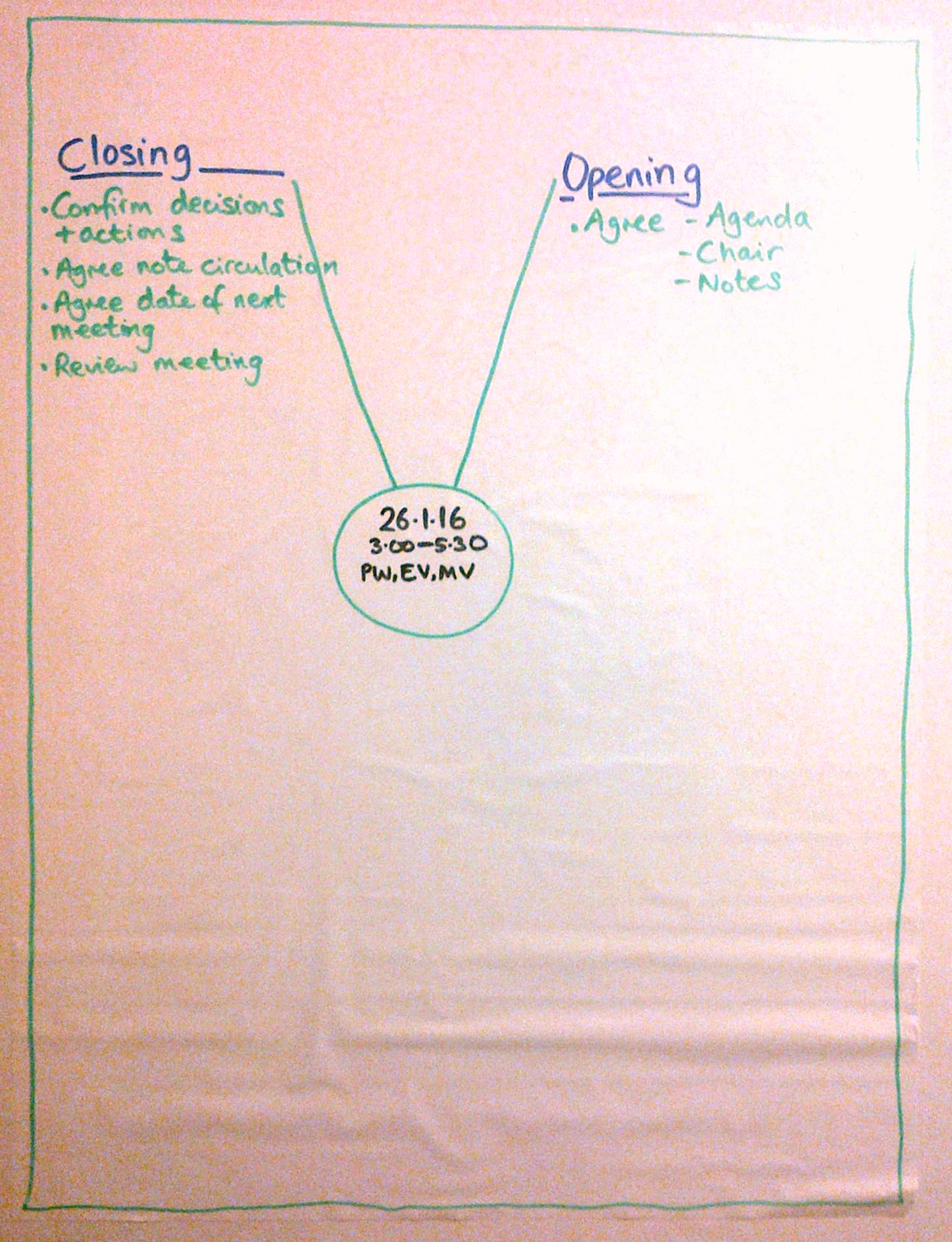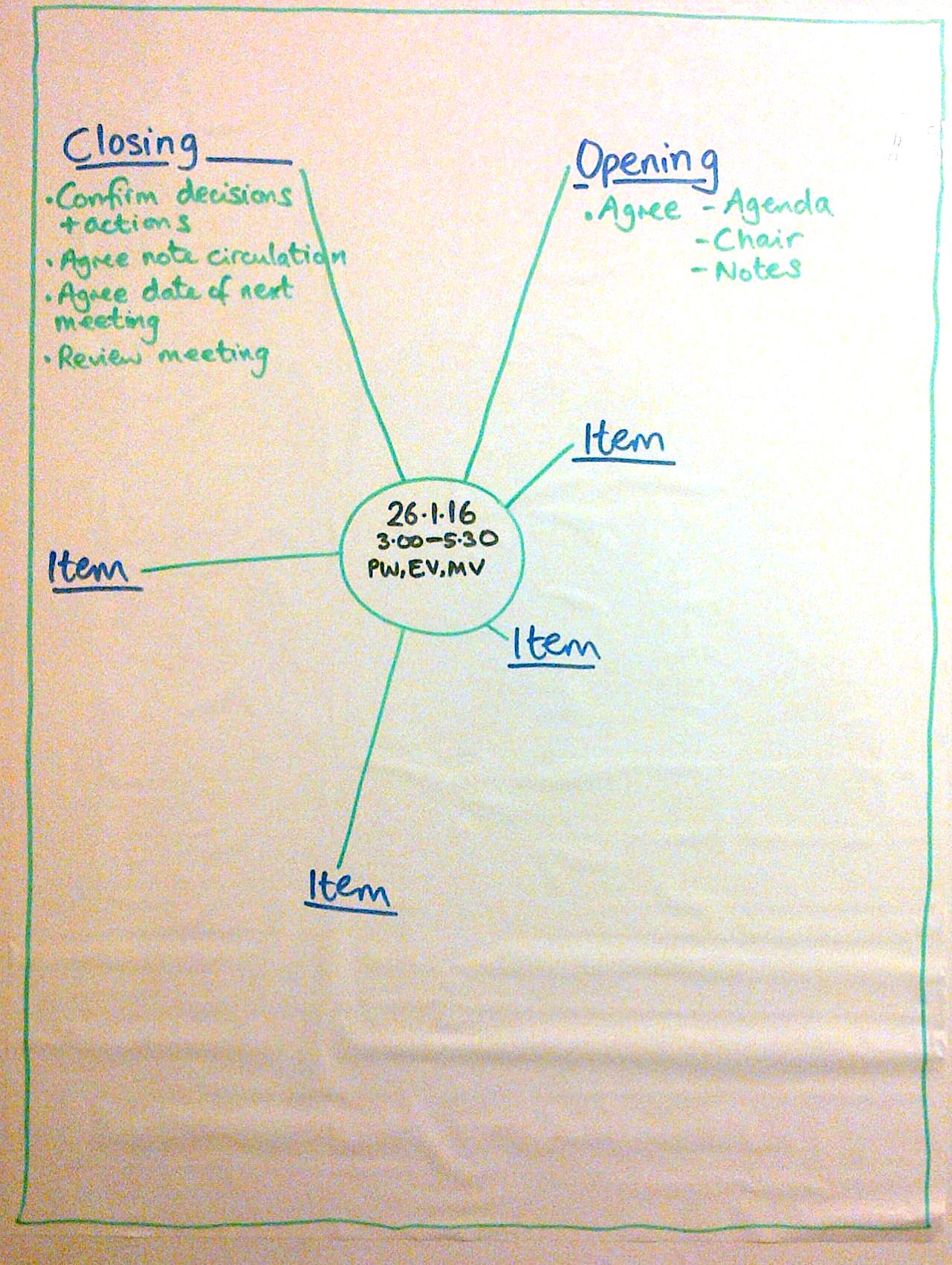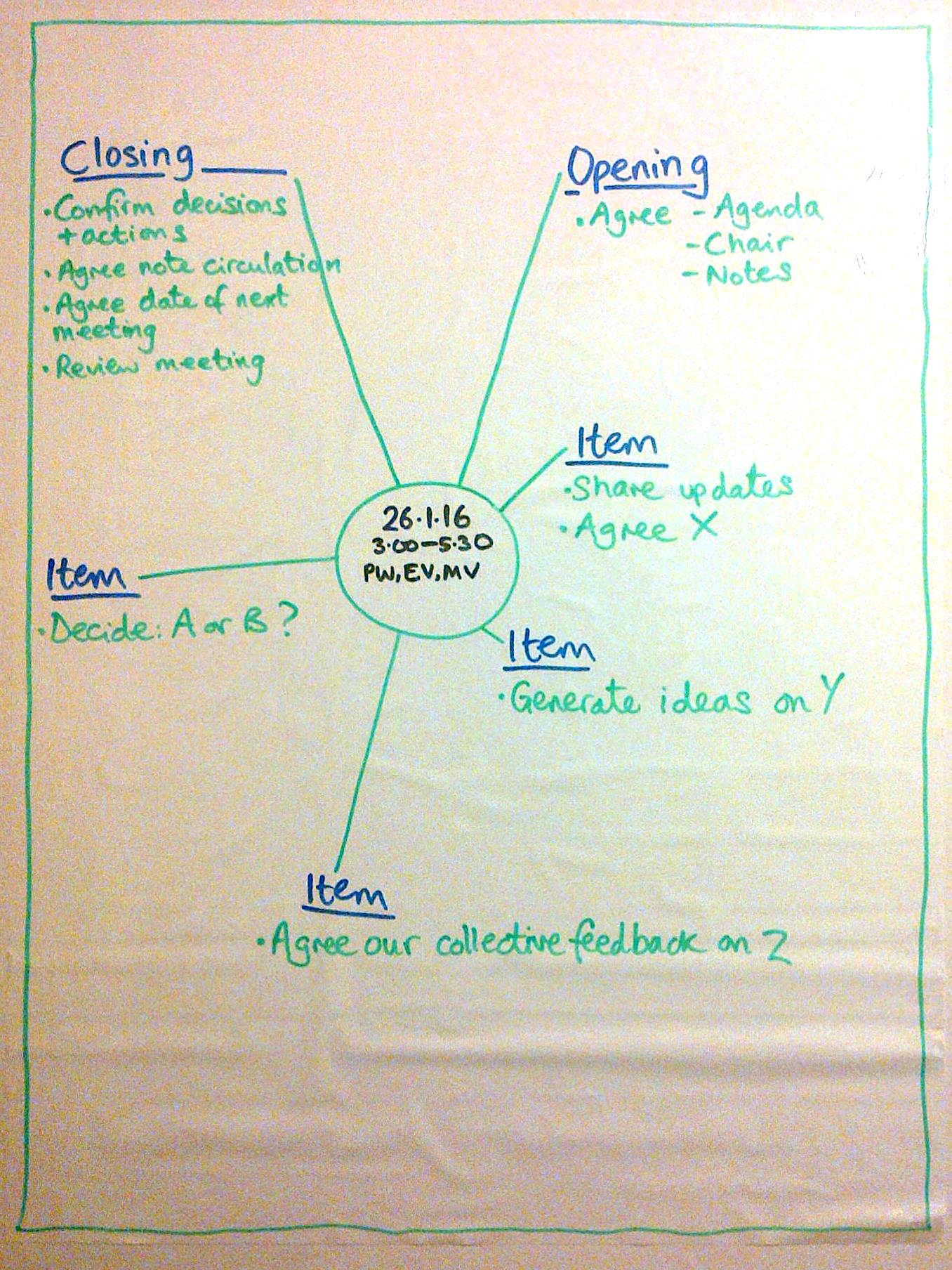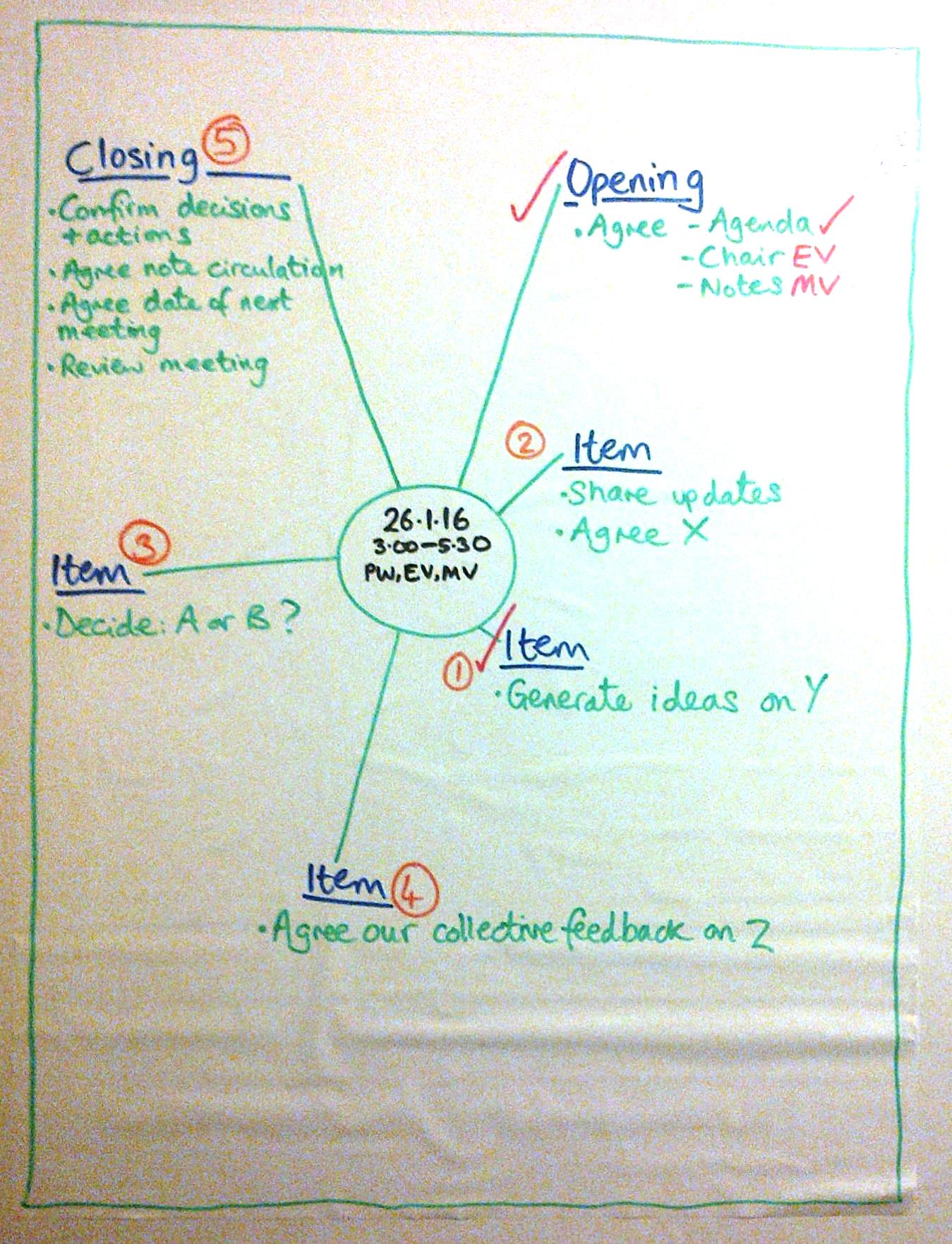"Shall we do this, then?" Silence is assent. It goes through 'on the nod'. And then you discover weeks later that no-one is actioning it and most people have no enthusiasm for it. How can you spot false consensus and help the group avoid settling for it?
Campaigners, community groups, activists and faith groups - run your business meetings better so you can get on with the important stuff!
If you're involved in a local group - campaigners, activists, community action, faith group - there will be some really important things you want to achieve in the world. And you'll have some kind of team, committee, council or similar organising the activities behind the scenes. How are those meetings? Clear, engaging, effective? Or dull, interminable, frustrating, repetitive?
I've led a couple of two-hour training sessions this year for groups on how to run meetings which make clear decisions that stick. So that they can spend time on doing the stuff that really matters.
Here are the handouts from the workshop I ran in mid November.
If you think your group would benefit, get in touch to see what I can do to help you.
Decisions? Decisions!
This blog post pulls together some resources that I shared at a workshop last week, for people in community organisations wanting to make clear decisions that stick. Groups of volunteers can't be 'managed' in the same that a team in an organisation is managed: consensus and willingness to agree in order to move forward are more precious. Sometimes, however, that means that decisions aren't clear or don't 'stick' - people come away with different understandings of the decision, or don't think a 'real' decision has been made (just a recommendation, or a nice conversation without a conclusion). And so it's hard to move things forward.
I flagged up a number of resources that I think groups like this will find useful:
- Descriptive agendas - that give people a much clearer idea of what to expect from a meeting;
- Using decision / action grids to record the outputs from a meeting unambiguously;
- Be clear about the decision-making method (e.g. will it be by consensus, by some voting and majority margin, or one person making the decision following consultation?) and criteria.
- Understanding who needs to be involved in the run-up to a decision.
- Taking time to explore options and their pros and cons before asking people to plump for a 'position'.



